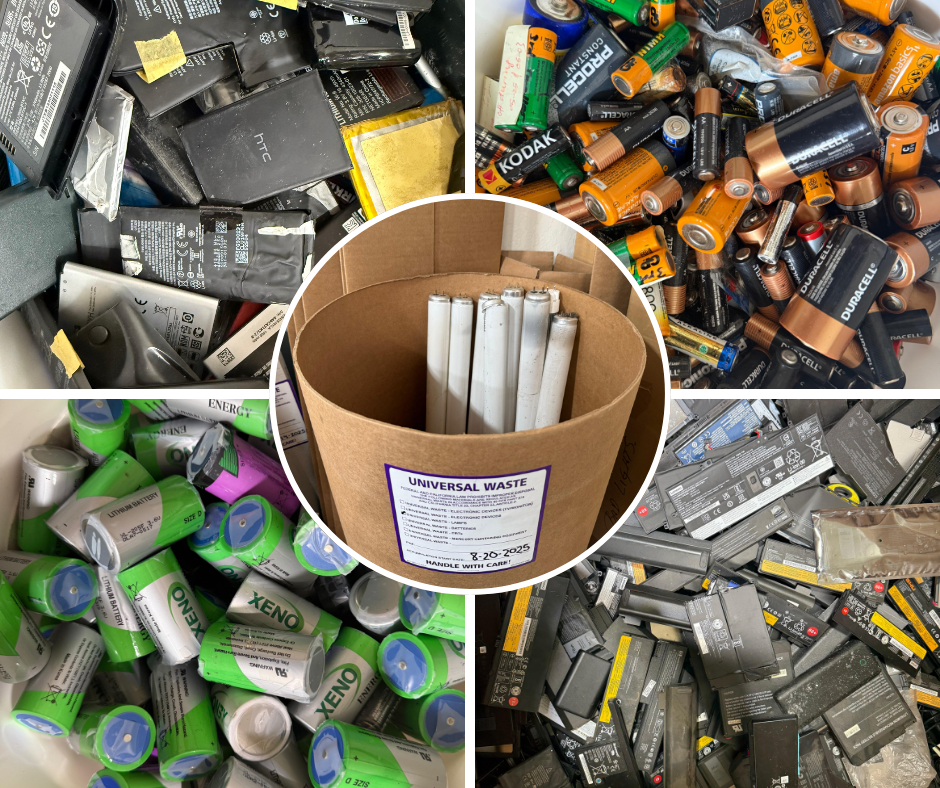E-Recycling: What Is It and How Does It Work?
- Evergreen E-Waste Recycling

- Jul 14, 2022
- 2 min read

As technology continues to advance and equipment becomes obsolete and unusable, you might be stuck between the choices of improper disposal and starting an electronic graveyard. However, e-recycling is the best option to protect the environment and keep your storage area clear. Explore what e-recycling is and how it works to make the best decision when it comes to electronic disposal.
What Is E-Recycling?
E-recycling is short for electronic waste recycling, and it's the process of disassembling electronics and reusing parts of them to make new electronic products. You don't have to work in IT to know that your phone and computer don't last a lifetime, but you might not think twice about tossing them away and getting new equipment.
What Are the Benefits?
The benefits of e-recycling are endless, but protecting the environment is the most relevant. In fact, it's one of the world's most discussed environmental pollution and hazard topics. Explore some of the benefits to encourage yourself to recycle your electronic waste:
Clean Environment: E-recycling saves space in landfills and prevents toxic chemicals from polluting the air, water, and soil.
Positive for the Economy: It costs less to manufacture products made with recycled materials because it uses less water and energy.
Resource Reuse: Electronics contain many different components, and manufacturers can reuse some of them without much processing.
How Does It Work?
In most cases, there are five steps in the e-recycling process. Dive into each step to get a better understanding of what happens to e-waste after you decide to recycle it.
Collection
Collection is the first step of the process, and it consists of gathering e-waste from recycling bins, collection sites, buyback programs, electronic recycling pick-up services, etc. Most collections will specify what kind of e-waste they accept so as to not mix different wastes together.
Storage
Although safe storage may not seem critical, it's imperative for keeping lead and other contaminants out of the environment. Recycling facilities store the toxic materials that manufacturers cannot reuse indefinitely.
Sorting and Disassembly
Recycling facility staff sort the material and remove pieces to begin processing. This is the stage where they manually separate anything reusable from the rest of the waste, and then they break down the waste into smaller pieces.
Separation
The waste undergoes several forms of separation after the facility staff breaks it down into smaller pieces. For example, a large magnet will separate the metal from the waste, and water separates the glass and plastic.
Recovery
The last step of the process is preparing the pieces for sale or some type of reuse. Some materials may enter another recycling stream, while others may sell alongside the valuable components separated in the early stages.
Now that you know what e-recycling is and how it works, you can make the best decision when it comes to electronic disposal. Our team at Evergreen IT Solutions is here to make it as convenient as possible for you and your business to recycle your electronic waste.




Recycling your car is simple. You often only have to drive it to an ATF, or you can call to have it picked up. With all the advantages to recycling a vehicle, it simply makes sense to take all the necessary steps towards recycling when your car reaches the end of its life. Call junk car lauderhill experts immediately to sell your car.